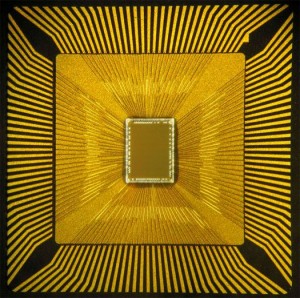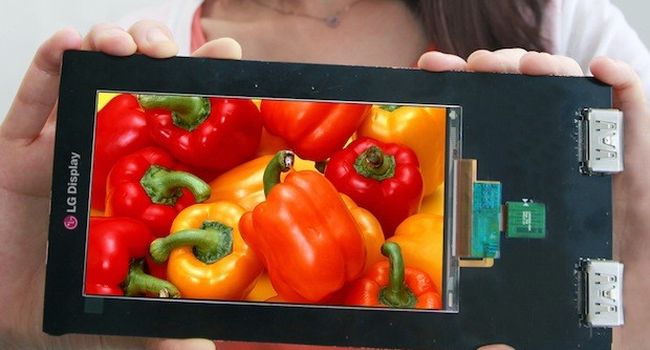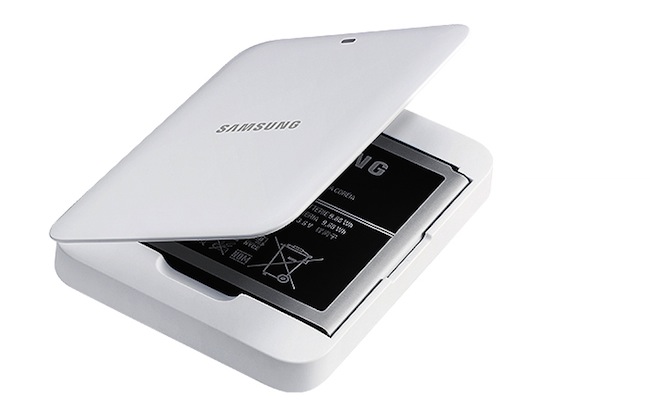Five years ago, launching a decent streaming platform took millions. Now? A teenager with a laptop can build something that reaches millions. That shift…
4 technologies in cheaper phones we’ll see by 2014


We have already seen the year-end flagship smartphones from most of the popular brands (iPhone 5S, Nokia 1520). Some of these smartphones will most likely become the best-selling devices till the new wave of flagship smartphones that will be launched by Christmas 2014. Even though there is a lot of hype around these flagship smartphones, a lot of brands actually make money by selling smartphones in the mid-price range, especially in countries like India where carrier subsidised plans don’t exist. After MediaTek resurrected the low-end and mid-end smartphones with its Qualcomm-beating System on a Chip (SoC), 2014 will be a far more exciting year for our devices. I’m going to look at some exciting things that will be featured in hundreds of mid-end smartphones. Lesser known brands from India and Chine like Micromax, Karbonn Mobiles Gionee and Xolo are up against much more competent devices from well-known brands like Samsung, Sony, LG and HTC. All these improvements will make low-end and mid-range priced devices a really exciting prospect.
Octa-Core Processors and Faster DDR3 RAM

MediaTek recently announced its first octa-core processors and unlike Samsung, it has a SoC that truly works as an octa-core processor. The MediaTek MT6592 is the first true heterogeneous SoC in which, all 8 cores can work at the same time. The number of active CPU cores changes according to the processing needs. According to early benchmarks the MT6592 is as fast as Qualcomm’s Snapdragon 600 which was used in the HTC One and Samsung Galaxy S4 (US version). The GPU used in MT6592, Mali-450MP4 will bring 2x-4x the performance when compared to Mali-400MP4 (used in Samsung Galaxy S4). This means smooth gaming performance even in cheaper smartphones. The cool thing about MediaTek is, it focuses only on entry-level or mid-range devices so chances are, this cool new octa-core processor will make it to devices that are priced below INR 20K, and within a year, even smartphones priced as low as INR 10K will feature these processors.
It also brings support for DDR3 RAM which means app/game launches and multitasking will be much faster than it has been. Sony has already started using MediaTek’s solutions in its mid-range smartphones (Sony Xperia C) while Samsung is said to start using them starting next year.
Full HD Touchscreen and Better Cameras

Once only exclusive to high-end flagship smartphones from trusted brands, full HD screens are now featured even in mid-range smartphones like Spice Pinnacle FHD, Micromax Canvas Turbo and Google Nexus 5, all of which are priced below US$350. With new and cheaper screen production techniques making its way into production facilities, we could see full HD screens getting introduced into smartphones priced as low as US$250.
Not all the flagship smartphones manage to get satisfying image quality from their cameras. So excellent imaging hardware is becoming the yardstick for measuring the quality of a smartphones these days. Where big brands are focussing on features like huge cameras sensors, high frame-rate videos, dual-tone flash and OIS (Optical Image Stabilisation), cheaper smartphones will get things like full HD video recording and BSI camera sensors, which are in turn supported by fast processors. They might even feature HDR+ and dedicated image processor for faster shot-to-shot time and better post processing.
Android v4.4 KitKat Or Windows Phone 8 GDR3

Google was worried about the large percentage of active Android smartphones still running on its 3-year old Android v2.3 Gingerbread operating system. That was because of high hardware requirements needed to install Android v4.0 and upwards. So when Google was developing its latest version of Android, version 4.4 (KitKat), they focussed mainly on reducing hardware constraints to install it on a devices with weaker brute force. As per Google, Android 4.4 will run smoothly even on devices with RAM as low as 512MB, which is commendable. Almost no smartphone or tablet that were released this year had lower than 512MB of memory. So all the devices released next year would be pre-installed with Android 4.4 and all the features that Google showcased, such as polished, fast and consistent UI, always active Google Now, full screen mode for multimedia playback, faster multitasking, better dialer, smart caller ID, cloud printing, screen mirroring and more will make it to inexpensive smartphones.
There were rumours about Microsoft adding support for MediaTek processors in Windows Phone 8 update in an attempt to bring down the cost of Windows Phone powered smartphones.
Better Connectivity and Longer Battery Life

Newer SoCs also bring updated integrated connectivity features. 2014 will see midrange priced smartphones getting dual-band WiFi or WiFi 802.11 ac (Gigabit), 4G LTE and screen mirroring technologies such as Miracast and WiDi built upon baseline technology called WiFi Direct. Google finally added support for Bluetooth 4.0 LE which uses much less battery when connected to devices like headphones, activity monitors and health monitors. With use of components like octa-core processors and full HD screens, manufacturers will be forced to pack-in larger batteries. But with Android being optimised for lower hardware, as mentioned, it should bring longer battery life almost by default.
With all these features, along with cheaper yet powerful hardware and optimised versions of Android and Windows Phone will resurrect low-end and mid-range smartphones in 2014.

